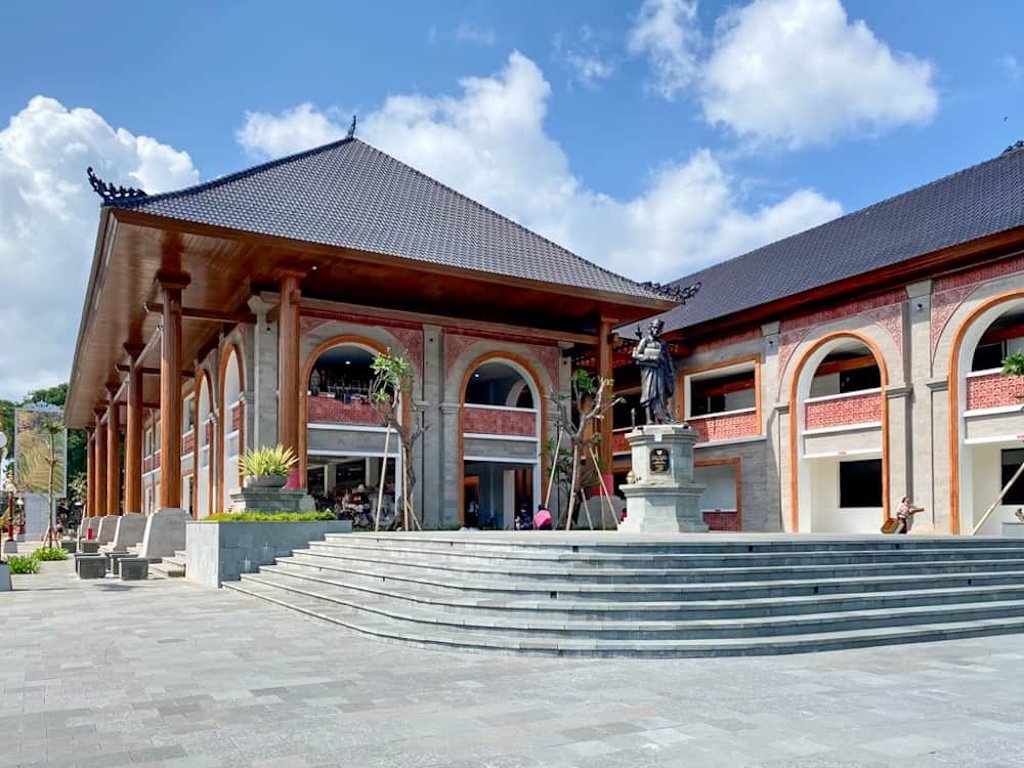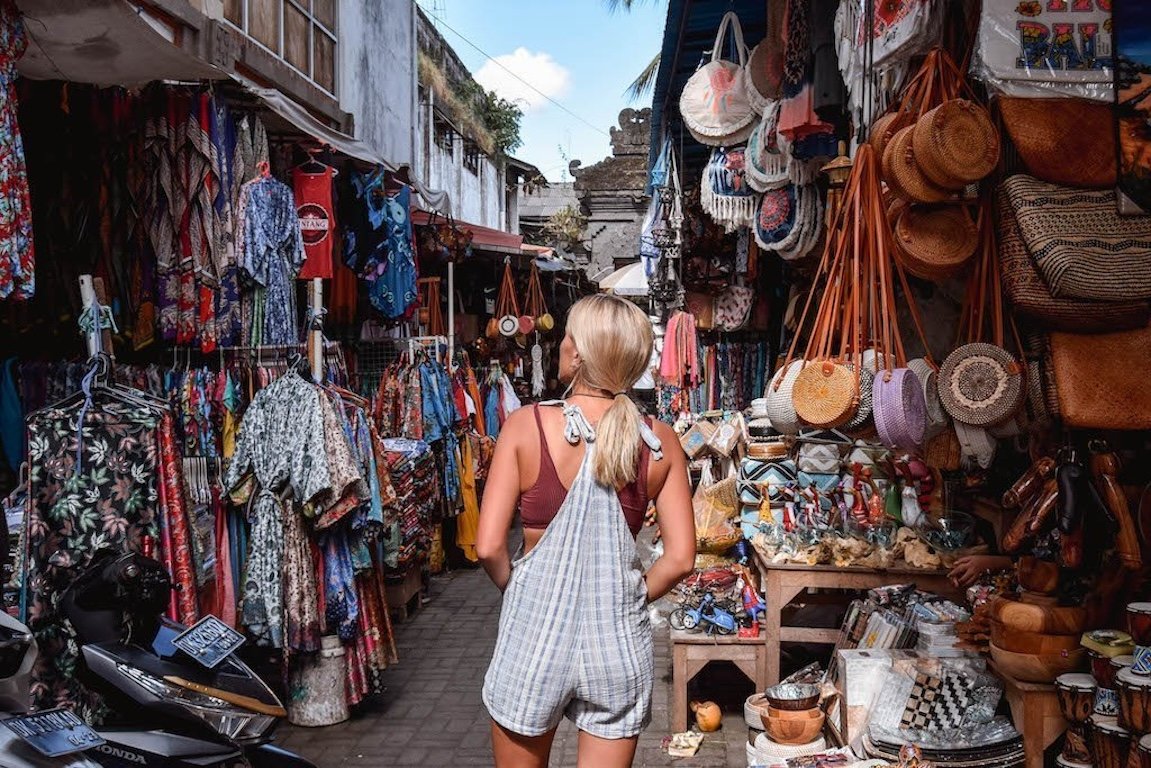Amidst the challenges posed by the global pandemic, the Ubud traditional art market emerged from the shadows of uncertainty with a remarkable transformation. Renovations brought about a modern allure, turning it into a magnet for foreign and local tourists. However, these renovations temporarily disrupted the livelihoods of merchants and retailers. In response, the local government spearheaded the establishment of two new markets providing a lifeline for struggling vendors. Today, these markets stand as vibrant hubs of commerce, offering a glimpse into the resilience and adaptability of Ubud's traditional artisans.
The Ubud traditional art market underwent a significant facelift during the pandemic-induced lull in tourism. Renovations modernized its infrastructure, elevating it to a new level of appeal. The once quaint market now boasts contemporary amenities and aesthetics, attracting a broader audience of art enthusiasts and curious travelers. The new face of the Ubud market is now called, the Ubud Thematic Market.
The renovation period posed a formidable challenge for merchants and retailers who relied on the market for their livelihoods. With limited avenues for sales and income, many faced uncertain times. However, amidst adversity, innovation flourished. The local government's intervention proved pivotal, as they recognized the need to support the community's economic resilience. Thus, Arjuna Art Market and Kajeng Street Market were born, offering displaced vendors new opportunities to showcase their wares and sustain themselves during the pandemic.
Strategically located close to the original Ubud market, on Arjuna Road and Kajeng Road respectively, these new markets quickly became bustling centers of activity. Their establishment not only provided a lifeline for struggling artisans but also infused the local economy with renewed vitality. Visitors were treated to a diverse array of traditional crafts, from intricately woven textiles to exquisitely carved woodwork, creating an immersive cultural experience.
As the pandemic subsided and tourism gradually rebounded, the resilience of Ubud's traditional art scene became evident. Rather than returning to their former stalls in the renovated market, merchants and retailers found continued success in the markets. These vibrant hubs had established themselves as integral components of Ubud's cultural tapestry, offering a seamless blend of tradition and modernity.
Today, both Arjuna Art Market and Kajeng Street Market stand as testaments to the indomitable spirit of Ubud's artisans. Their continued success underscores the enduring appeal of traditional craftsmanship in a rapidly evolving world. Visitors flock to these markets not only to purchase unique souvenirs but also to immerse themselves in the rich cultural heritage of Ubud.
The revitalization of the Ubud traditional art market amidst the challenges of the pandemic serves as a beacon of hope and resilience. Through innovation and community support, Arjuna Art Market and Kajeng Street Market emerged as vibrant symbols of adaptation and perseverance. As Ubud continues to navigate the complexities of a post-pandemic world, these markets stand as shining examples of the transformative power of art and commerce. Don't forget to explore these markets during your stay in town; indulging in a bit of shopping is always a delightful experience!








